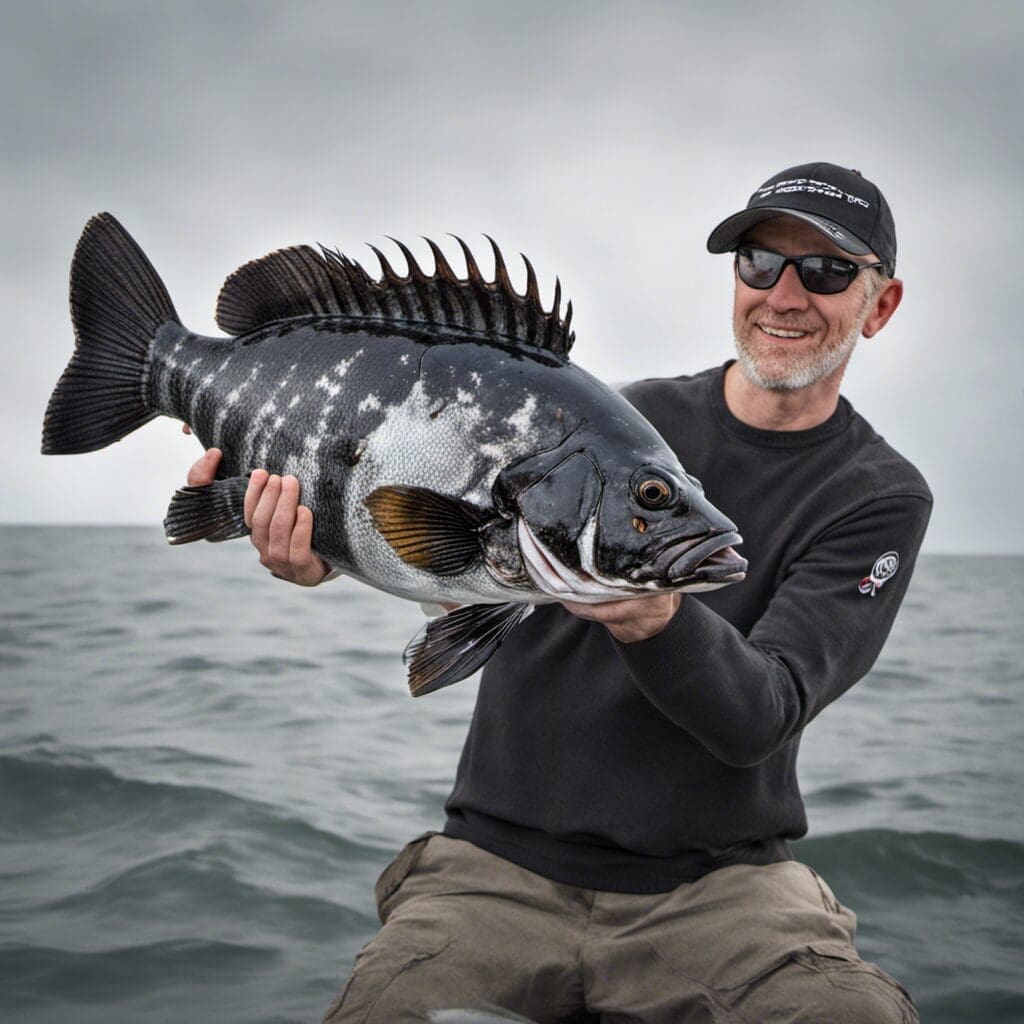Introduction
The Black Rockfish (Sebastes melanops) is a notable member of the Sebastidae family, often attracting the attention of fishermen and marine biologists alike.
Conservation Status
Current Status
The Black Rockfish is classified as a species of “Least Concern” on the International Union for Conservation of Nature (IUCN) Red List.
Conservation Efforts
Despite their current status, various conservation efforts are in place to sustain this species, including regulatory measures limiting recreational and commercial fishing.
Statistics
| Characteristic | Average | Range |
|---|---|---|
| Length | 45cm | 30-60cm |
| Weight | 1.8kg | 1-2.5kg |
| Lifespan | 50 years |
Distribution
Regions/Countries
The Black Rockfish is found along the coasts of the Pacific Ocean, from Southern California up to the Gulf of Alaska.
Migration Patterns
They don’t exhibit clear migratory behavior, but are known to reside in specific home ranges.
Habitats
Water Type
These fish prefer marine, rather than freshwater environments.
Depth Range
They are often found at depths ranging from 0 to 366 meters.
Temperature Range
Black Rockfish thrive in temperatures between 3-15°C.
When and Where to See
Seasonal Patterns
The best time to spot Black Rockfish is during the summer months.
Time of Day
They are generally more active during the day, particularly in the early morning and late afternoon.
Best Fishing Locations
Good spots for Black Rockfish fishing include the coastal areas of:
- Point Arena, California
- Monterey Bay, California
- Puget Sound, Washington
- Alitak Bay, Alaska
- Ketchikan, Alaska
- Neah Bay, Washington
- Coos Bay, Oregon
- Newport, Oregon
- Yakutat, Alaska
How to Catch
Preferred bait or lures
Using live or fresh dead bait is most effective, with anchovies and squid being particularly successful.
Fishing Techniques
Popular techniques include bottom fishing and trolling.
Best Time for Fishing
Summer months during high tide are considered the optimal time for fishing this species.
Identification Guide
Physical Characteristics
Recognizing a Black Rockfish is easy due to their charcoal to grayish color, along with their firm, muscular body. They also feature a noticeably large mouth and spines on their dorsal fins.
Comparison with Similar Species
While similar in appearance to the Blue Rockfish, the Black Rockfish is distinguished by its grey-to-black color and elongated dorsal fins.
Culinary
Cooking with Black Rockfish can result in some delicious meals. The meat is lean, mild in flavor, and takes well to various cooking methods. However, be cautious of the average mercury level, which is relatively low but still worth considering. Popular recipes include beer-battered fish and chips or oven-roasted black rockfish with wine sauce.
Additional Information
When not feeding on shrimp, crabs, and other small fish, Black Rockfish are breeding. They are viviparous, meaning they give birth to live young, a characteristic that differentiates them from most fish species. The juveniles often join together in schools for safety against various threats, which include sea birds and sharks.
References and Further Reading
Acknowledged scientific databases such as IUCN, FishBase, and government resources such as the National Oceanic and Atmospheric Administration (NOAA) Fisheries can provide more in-depth information about the Black Rockfish.

